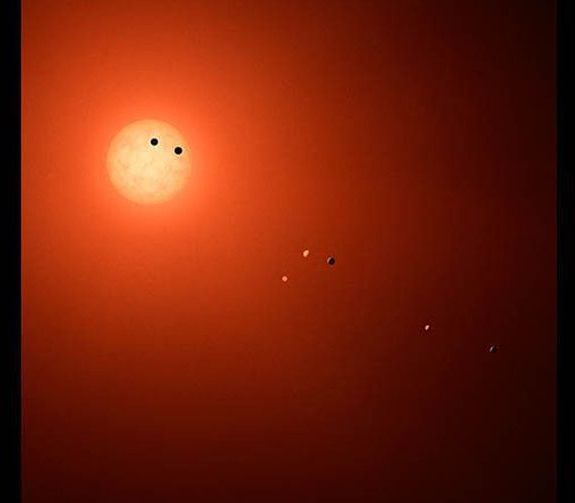Breakthrough Starshot aims to launch a fleet of tiny interstellar probes to Alpha Centauri using laser-propelled sails. But the best sail might actually look like a ball.
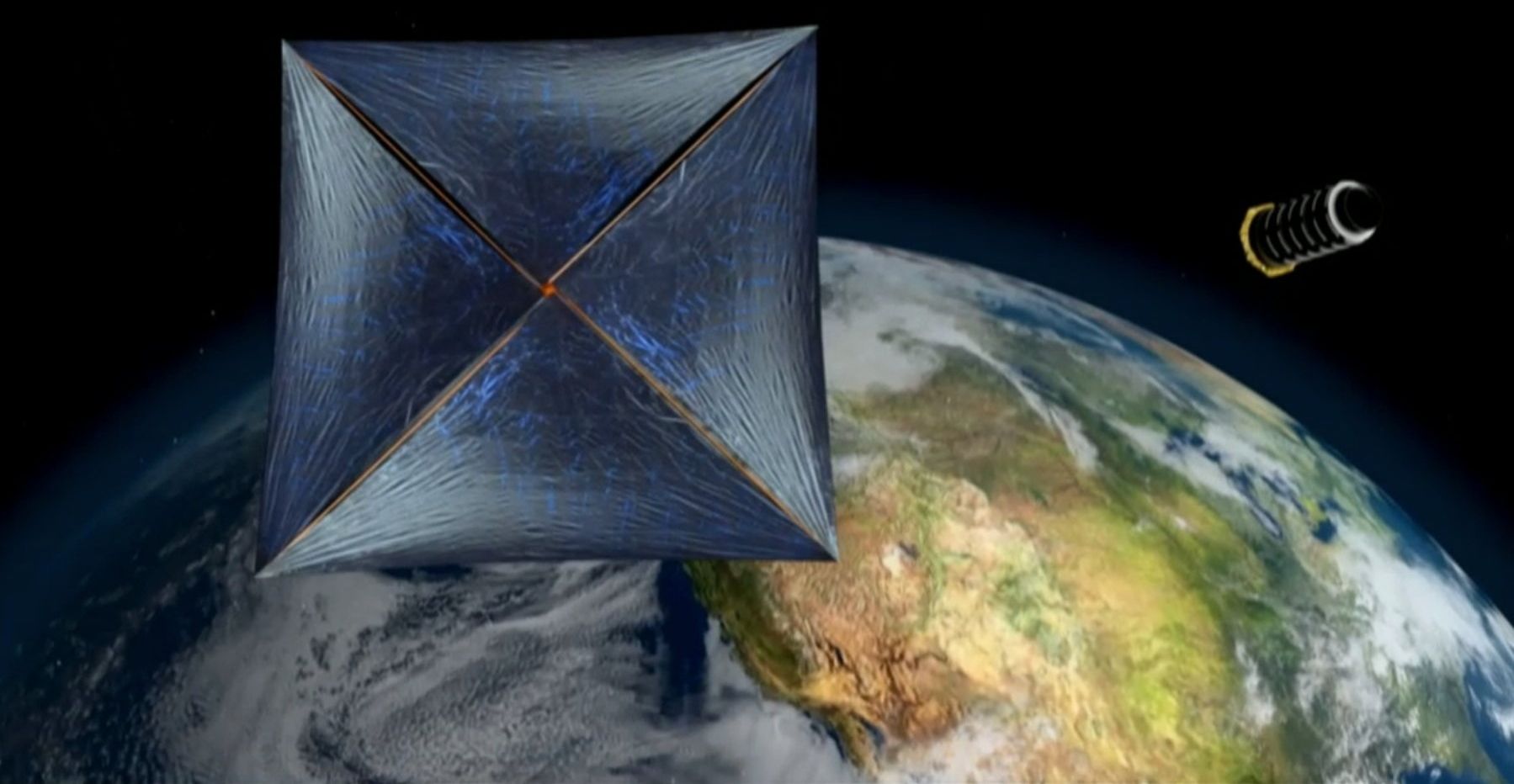


Want a career in AI and robotics? One of the best ways to enrich your knowledge about the sector is to follow these AI influencers.
The world of artificial intelligence (AI) and robotics has never been more exciting. With questions around the ethics of AI and the ever-developing robotics sector, there are so many options for someone who wants a career in AI.

If you really want to explore the unknown, it’s necessary to put every effort possible into this venture. According to NASA, that’s exactly what they had in mind when their plans to fund some supporting institutes were announced.
The ultimate goal, of course, is not only to boldly go out there, but to extent humanity’s reach in our solar system.
The so-called Space Technology Research Institutes, or STRIs, will each receive the handsome amount of $15 million in order to develop groundbreaking technology in biomaterials and biomanufacturing.

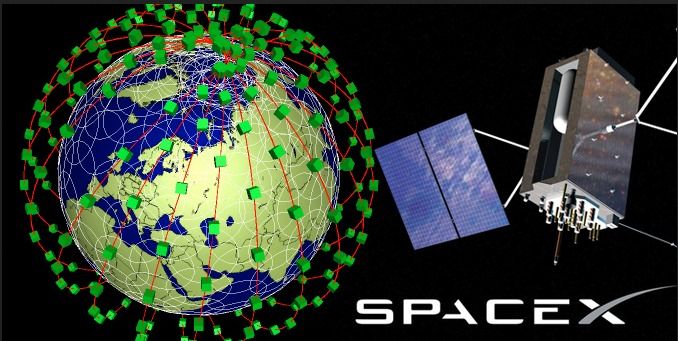
“SpaceX has applied to the FCC to launch 11,943 satellites into low-Earth orbit, providing “ubiquitous high-bandwidth (up to 1Gbps per user, once fully deployed) broadband services for consumers and businesses in the U.S. and globally,” according to FCC applications.”
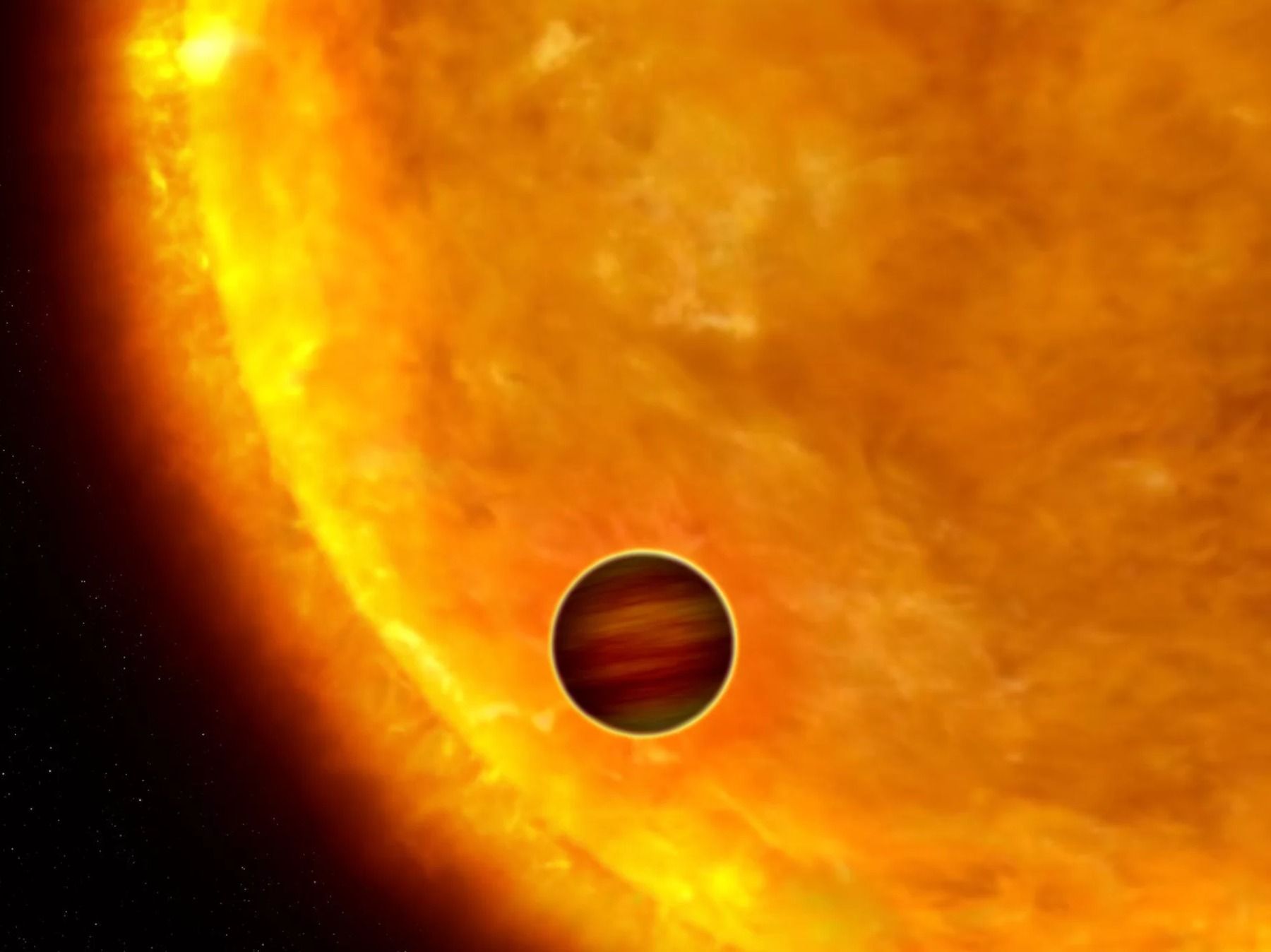
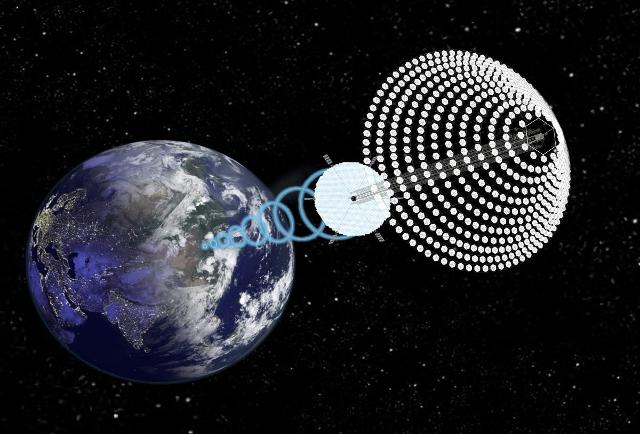
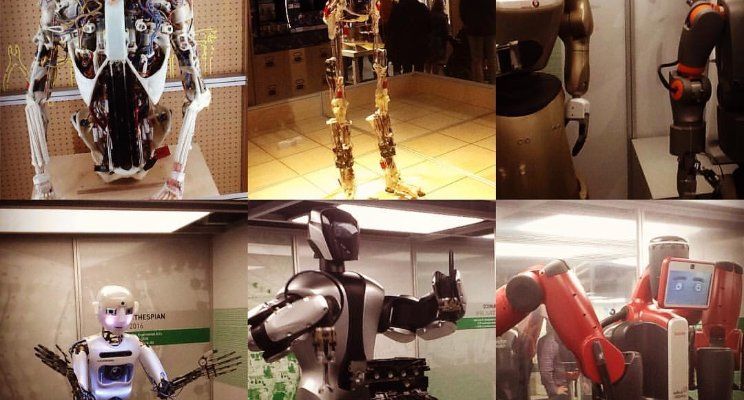
In the next few years Space X and Virgin Galactic will be sending tourists into orbit and during a brainstorming session for last years SpaceApps Challenge we brainstormed some possible applications for Space Robots.
Last night on the International Space Station Astronaut Thomas Pesquet showed the SPHERES robots testing software that will be used to clean up space junk. Smaller versions of these robots could be developed with multiple ports for a Go Pro Camera linked to a SmartWatch app for Space Selfies or for a Virtual Reality 360 degree recording for the Tourists of their trip. Having wireframed for the Samsung Gear Watch App to be used on the International Space Station and with the advances in technology its easy to see how Siri/ Cortana/ Alexa could be incorporated into a SPHERE type Astromechanical robot to advise of Comms, Timetable scheduling and the other apps that are required for day to day use on the International Space Station. Fun applications that we came up with for the Space Apps challenge was a version of Space- Quidditch and Jedi Training for a SPHERE robot fitted with mini propulsion tanks.
The Annual SpaceApps Challenge is a great way of streching your tech skills and learning new ones. If you would like to host a SpaceApps event the deadline is today:
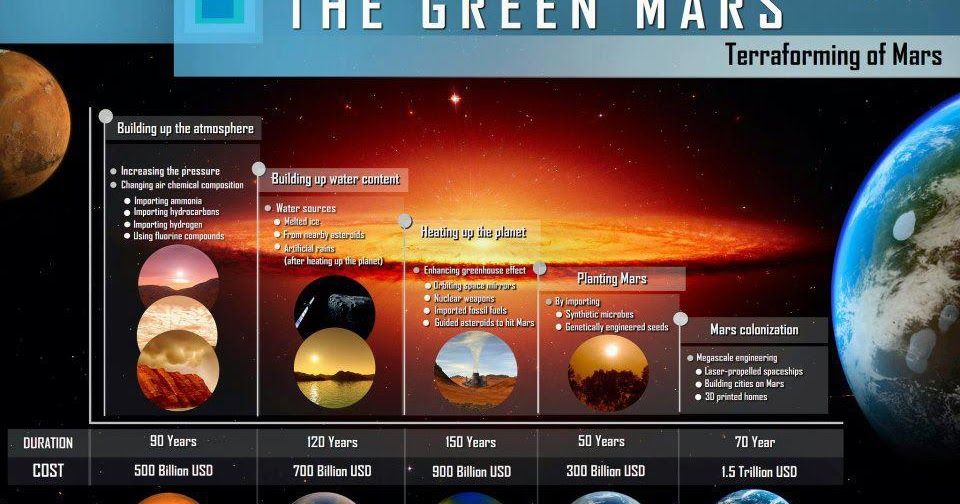
If all the solar incident on Mars were to be captured with 100% efficiency, then Mars would warm to Earth-like temperatures in about 10 years. However, the efficiency of the greenhouse effect is plausibly about 10%, thus the time it would take to warm Mars would be ~100 years. This assumes, of course, adequate production of super greenhouse gases over that entire time. The super greenhouse gases desired for use on Mars would be per fluorinated compounds (PFCs) as these are not toxic, do not destroy ozone, will resist degradation by ultraviolet life, and are composed of elements (C, S, and F) that are present on Mars. Fluorine has been detected on Mars by Curiosity.
The Warming Phase of a terraforming project on Mars results in a planet with a thick CO2 atmosphere. The thickness is determined by the total releasable CO2 present on Mars.
The temperatures would become well above freezing and liquid water is common. An Earth-like hydrological cycle is maintained. Photosynthetic organisms can be introduced as conditions warm and organic biomass is thus produced. A rich flora and fauna are present. A natural result of this is the biological consumption of the nitrate and perchlorate in the.
